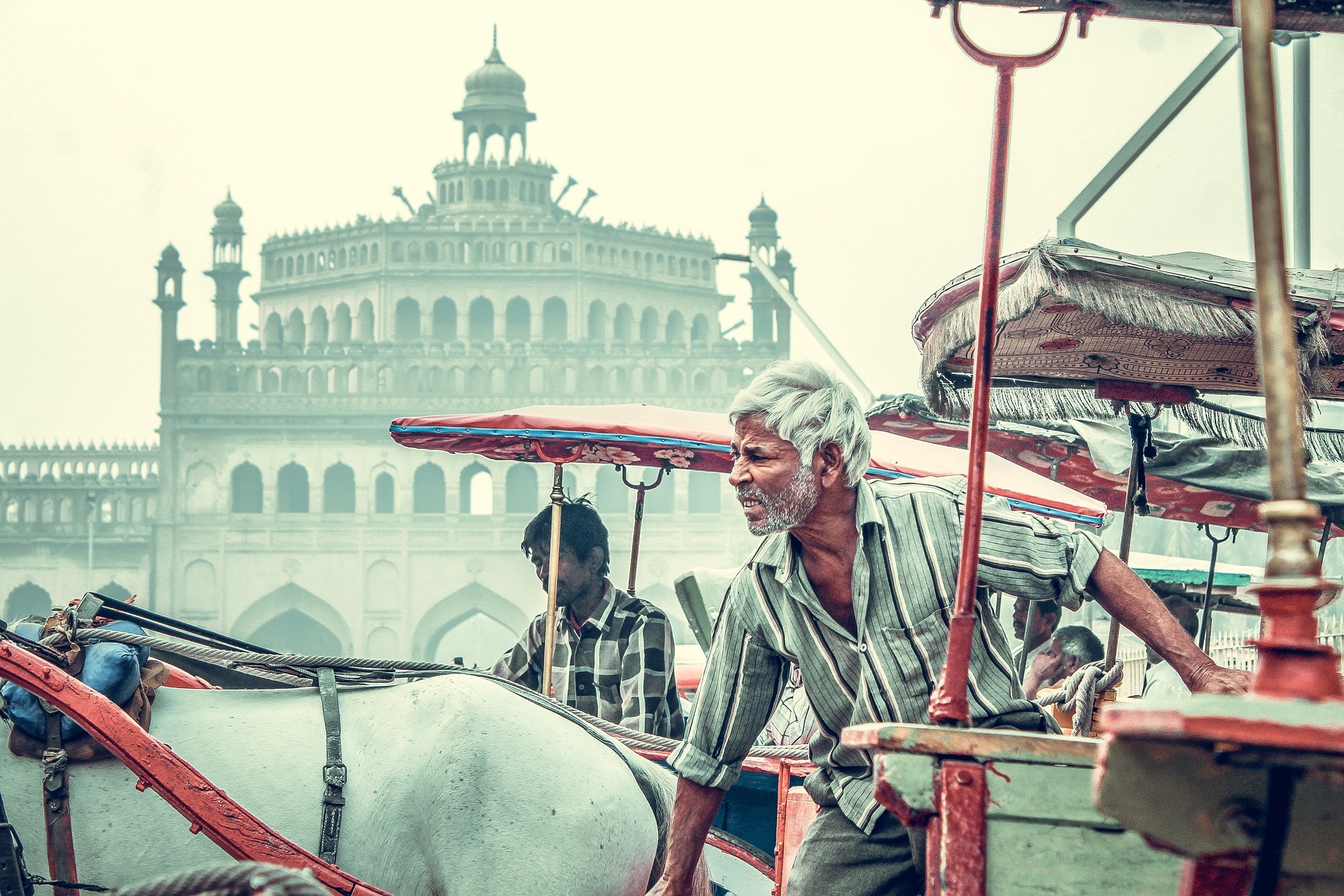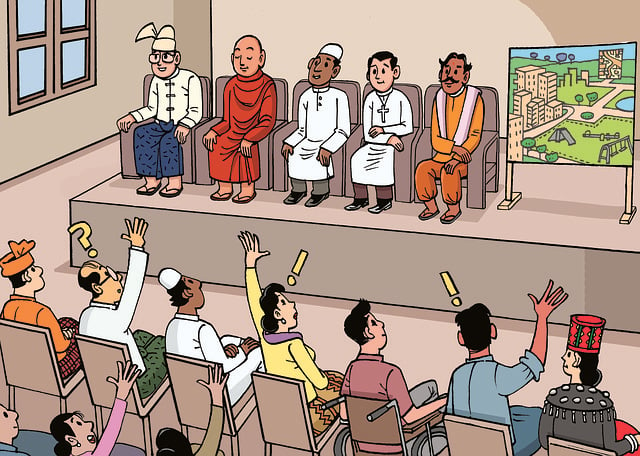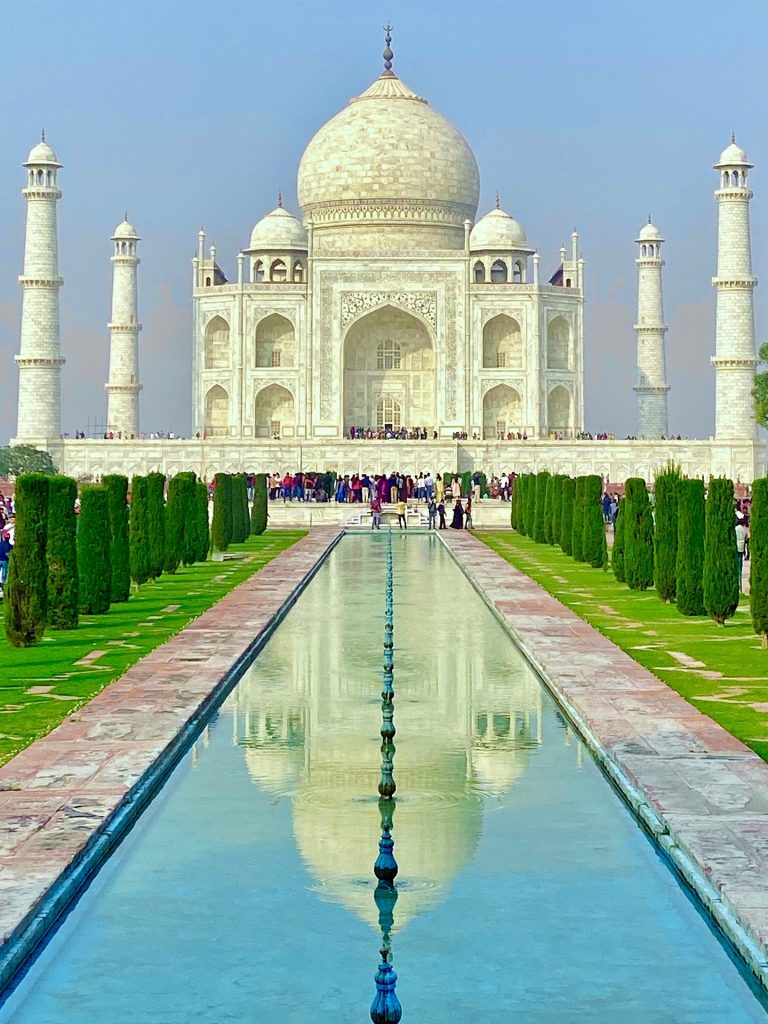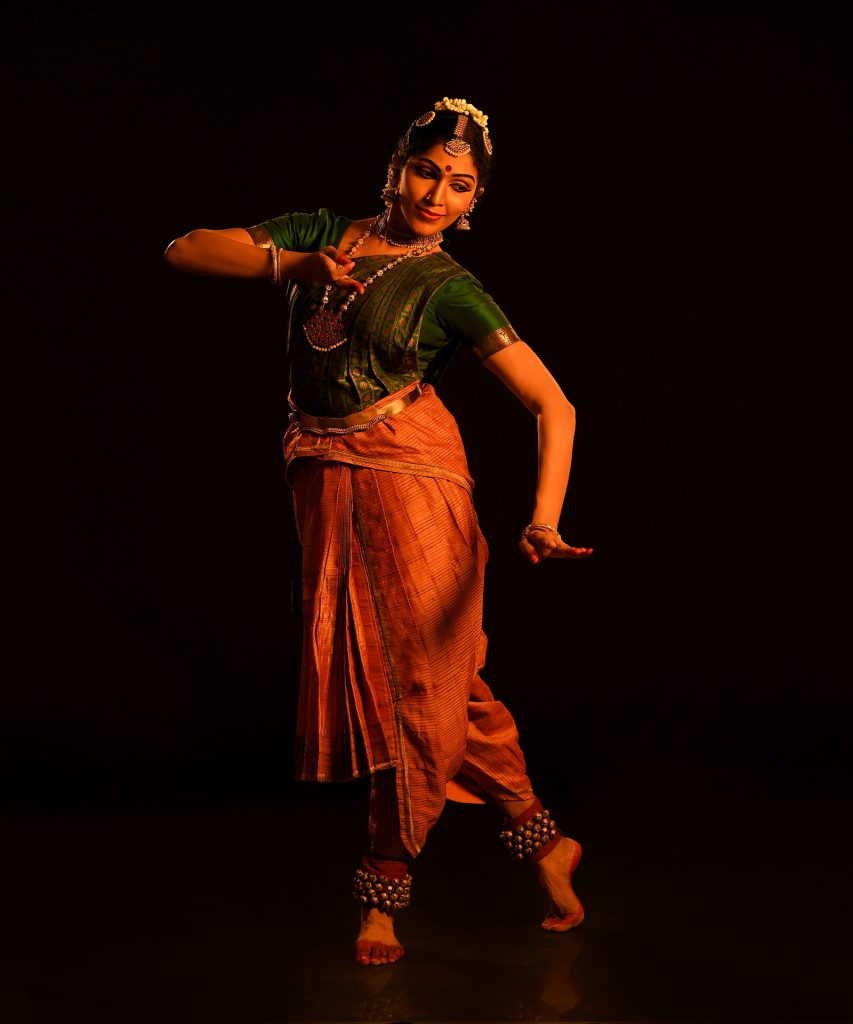
India, a land of myriad colors, languages, and traditions, boasts a rich and diverse cultural heritage that has captivated the world for centuries. The tapestry of Indian culture is woven with the threads of history, religion, art, music, and philosophy, creating a kaleidoscope of traditions that reflects the complexity and beauty of this ancient civilization.
Historical Roots:
The roots of Indian culture can be traced back to one of the oldest civilizations in the world, the Indus Valley Civilization, which flourished around 3300 BCE. Over the millennia, various dynasties and empires, including the Maurya, Gupta, and Mughal empires, have left indelible imprints on the cultural landscape of India. The unique and diverse nature of Indian culture has been contributed by the cultural assimilation and synthesis that took place during these periods.

Religious Diversity:
One of the defining features of Indian culture is its religious diversity. India is the birthplace of major religions such as Hinduism, Buddhism, Jainism, and Sikhism. A spirit of tolerance and acceptance fostered by the coexistence of multiple faiths has fostered, making India a melting pot of religious traditions. Festivals like Diwali, Holi, Eid, and Christmas are celebrated with fervor and bring people of different religions together, fostering a sense of unity.

Art and Architecture:
A remarkable blend of creativity, spirituality, and technical finesse is showcased by Indian art and architecture. The intricate carvings of temples, the vibrant murals of Ajanta and Ellora caves, and the timeless beauty of the Taj Mahal are testament to the artistic brilliance that has flourished throughout Indian history. Each region boasts its unique style, reflecting the diverse cultural influences that have shaped the subcontinent.
Culinary Delights:
Indian cuisine is a sensory delight that tantalizes taste buds with a symphony of flavors, aromas, and textures. From the fiery curries of the south to the aromatic biryanis of the north, the culinary diversity mirrors the cultural mosaic of the country. Spices like cardamom, cumin, and coriander are the heart of Indian cooking, contributing to the distinctiveness of each dish. The concept of “unity in diversity” is palpable even in the Indian kitchen.

Traditional Clothing:
The clothing styles in India are as diverse as its cultural tapestry. Traditional attire varies across regions, with sarees, dhotis, lehengas, and kurta-pajamas being some of the common garments. The vibrant colors, intricate embroidery, and ornate patterns of Indian clothing not only reflect the cultural diversity but also serve as a visual expression of the country’s rich heritage.

Music and Dance:
Indian classical music and dance forms have a timeless allure that transcends generations. The classical music traditions of Hindustani and Carnatic music, with their intricate ragas and talas, have enchanted audiences for centuries. Dance forms like Bharatanatyam, Kathak, Odissi, and Kathakali are not just performances but expressions of storytelling, spirituality, and emotions, adding to the cultural vibrancy of the nation.
Philosophical Wisdom:
India has been a cradle of philosophical thought, with ancient texts like the Vedas, Upanishads, and Bhagavad Gita offering profound insights into life, morality, and spirituality. The moral compass of Indian society has been shaped by the concepts of dharma (righteousness) and karma (action). A foundation for the values of compassion, tolerance, and respect for all life forms. has been provided by philosophical teachings.
Challenges and Evolution:
While India takes pride in its rich cultural heritage, the nation also grapples with the challenges of modernization and globalization. The rapid pace of urbanization and technological advancement has led to a shift in societal values and lifestyles. However, the resilience of Indian culture is evident in its ability to adapt and evolve while retaining its core values.
Conclusion:
In conclusion, the tapestry of Indian culture is a testament to the resilience, diversity, and richness of this ancient civilization. From the ancient Indus Valley Civilization to the present day, India has embraced a multitude of influences, weaving them into a cultural mosaic that is both unique and dynamic. As the world continues to change, the vibrant colors of Indian culture continue to shine, captivating the hearts and minds of those who explore its depths.







